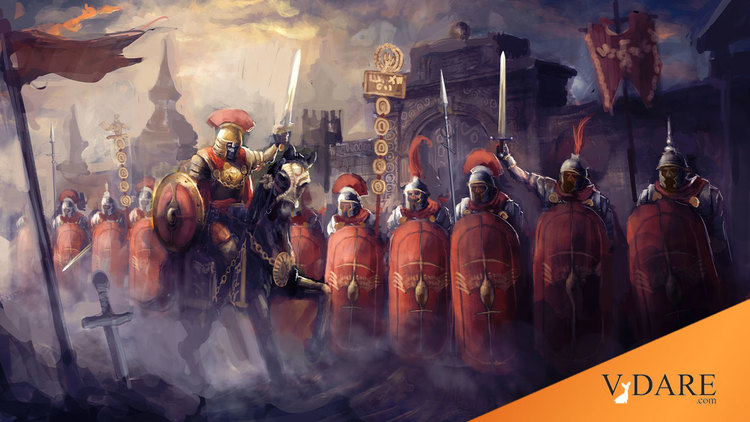


05/17/2022
From a preprint that hasn’t been peer-reviewed yet:
Stable population structure in Europe since the Iron Age, despite high mobility
This article is a preprint and has not been certified by peer review
Abstract
Ancient DNA research in the past decade has revealed that European population structure changed dramatically in the prehistoric period (14,000-3,000 years before present, YBP), reflecting the widespread introduction of Neolithic farmer and Bronze Age Steppe ancestries. However, little is known about how population structure changed in the historical period onward (3,000 YBP — present). To address this, we collected whole genomes from 204 individuals from Europe and the Mediterranean, many of which are the first historical period genomes from their region (e.g. Armenia, France). We found that most regions show remarkable inter-individual heterogeneity. Around 8% of historical individuals carry ancestry uncommon in the region where they were sampled, some indicating cross-Mediterranean contacts. Despite this high level of mobility, overall population structure across western Eurasia is relatively stable through the historical period up to the present, mirroring the geographic map. We show that, under standard population genetics models with local panmixia, the observed level of dispersal would lead to a collapse of population structure. Persistent population structure thus suggests a lower effective migration rate than indicated by the observed dispersal. We hypothesize that this phenomenon can be explained by extensive transient dispersal arising from drastically improved transportation networks and the Roman Empire’s mobilization of people for trade, labor, and military. This work highlights the utility of ancient DNA in elucidating finer scale human population dynamics in recent history.
We find that at least 8% of individuals fall into that category. These individuals allow us to connect the region they were observed in, to the region containing the most likely source of their ancestry. We recover a dense network of mobility across the Roman empire and beyond: pic.twitter.com/2oZmCqTDSV
— Clemens Weiss (@clw_gg) May 16, 2022
Ancient DNA from bodies dug up in Rome showed that the capital city was highly cosmopolitan in Imperial times, but by medieval times, Rome had been repopulated by Italians from the surrounding countrysides. Presumably, during the barbarian invasions and ensuing Dark Ages, the cosmopolitan urbanites fled or died, while the indigenous rural peasantry survived to move back into Rome as their ancestors had done during the Roman Republic.